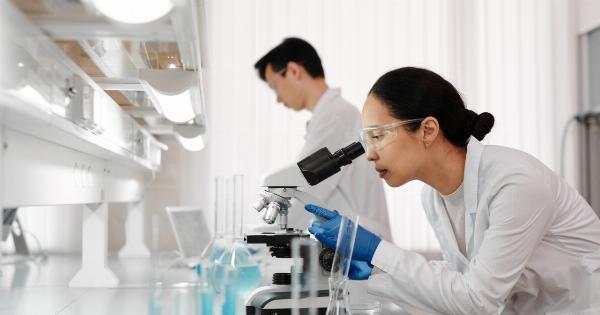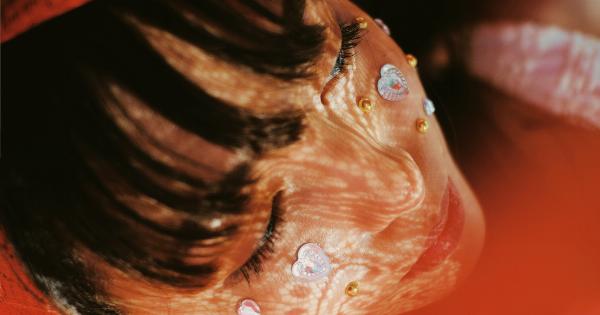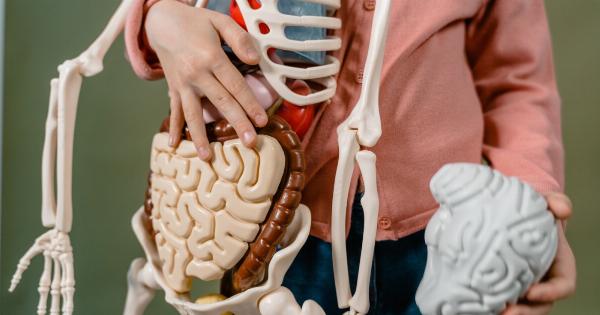In an unprecedented move, a corporation in China has recently revealed that they have been able to successfully duplicate canines and felines through a combination of advanced genetic engineering and cloning techniques.
The Corporation
The corporation that has made this astonishing announcement is called the Biogenetic Research and Development Corporation (BRDC) and is based in Beijing, China.
This company prides itself on being at the forefront of biogenetic research and has been making headlines in recent years for their groundbreaking work in the field of genetics.
The Process
The process used by the BRDC involves taking genetic material from a donor animal and then creating a cloned embryo. This embryo is then implanted into a surrogate and allowed to develop into a fully-formed animal.
The process takes several months and requires a great deal of expertise in the field of genetics.
The Benefits
The benefits of duplicating animals in this way are many. For one, it allows for the preservation of endangered species and the ability to create a genetically identical copy of a beloved pet.
It also has the potential to revolutionize the livestock industry, as farmers will be able to create an unlimited supply of genetically superior animals that are resistant to disease and produce better meat, milk, and eggs.
The Controversy
While there are many potential benefits to creating duplicate animals, there is also a great deal of controversy surrounding the practice.
Some believe that it is unethical to manipulate nature in this way and that it could have unforeseen consequences for the environment and the ecosystem as a whole. Others worry about the potential for abuse and the possibility that this technology could be used for nefarious purposes.
The Future
Despite the controversy surrounding the practice, it is clear that cloning and genetic engineering are here to stay.
As scientists continue to make breakthroughs in the field of genetics, it is likely that we will see even more astonishing developments in the years to come. Whether this technology will be used to benefit humanity or cause harm remains to be seen, but one thing is certain – it will have a profound impact on our world and the way we live our lives.
Conclusion
As the Biogenetic Research and Development Corporation continues to make progress in the field of genetics, it is clear that we are on the cusp of a new era in technological development.
While there are many challenges and obstacles to overcome, the potential benefits of cloning and genetic engineering are many. Whether we embrace these new technologies or reject them, the future is sure to be one of remarkable change and innovation.






























